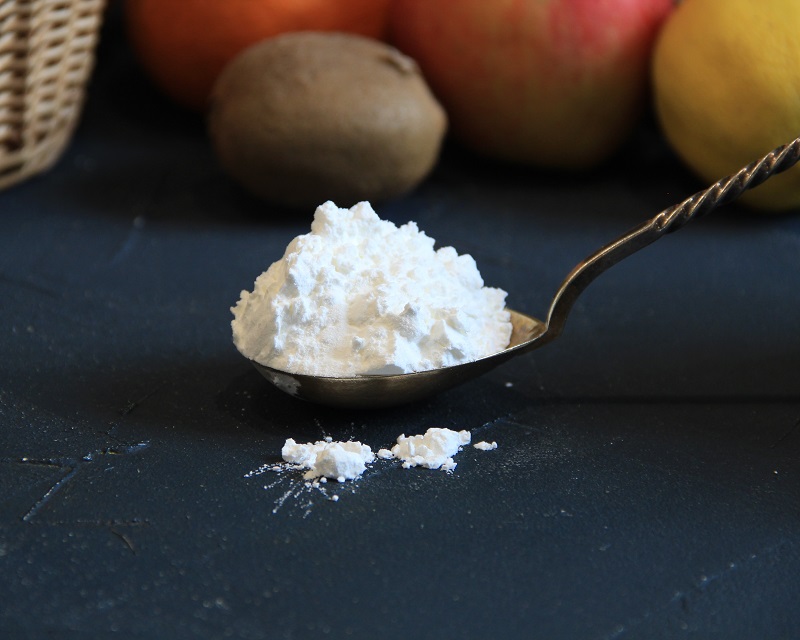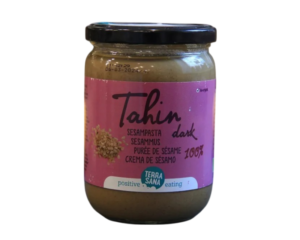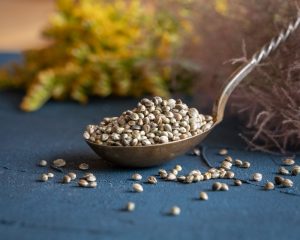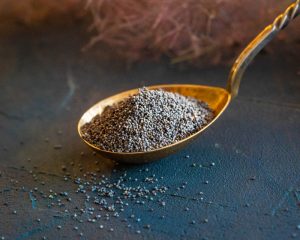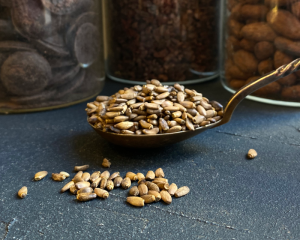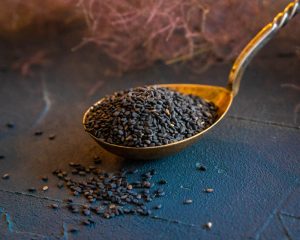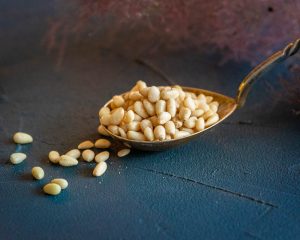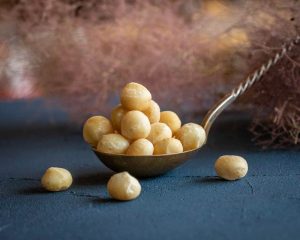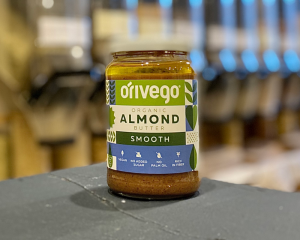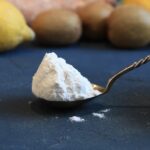
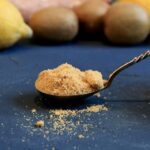
Organic tapioca starch
From 0.96€


Tapioca (Manihot esculenta) flour, also known as tapioca starch, is a popular gluten-free alternative to wheat flour, derived from cassava, a starchy gum found in South America. Tapioca flour has become popular in recent years because of its versatility and suitability for different dietary needs.
Benefits of tapioca flour
Gluten-free: Tapioca starch is naturally gluten-free, making them an excellent choice for people with coeliac disease or gluten sensitivity. This allows people with gluten problems to enjoy baked goods and other foods that traditionally contain wheat flour.
Easy to digest: Tapioca starch is easy to digest, which can be particularly helpful for people with digestive problems or sensitive stomachs. Compared to other starches, they are less likely to cause gastrointestinal discomfort.
Energy source: tapioca starch is a source of carbohydrates and a quick source of energy. It is often used in recipes to give a starchy consistency and to increase the calorific value of gluten-free dishes.
Thickening agent: the high starch content of tapioca flour makes it an effective thickener for soups and sauces. It gives these dishes a shine without imparting a floury taste.
Suitable for allergies: tapioca flour is suitable for people with various dietary restrictions. They are free from common allergens such as wheat, dairy, nuts and soya.
Source of iron: Tapioca flour contains iron, which is essential for the formation of red blood cells and for oxygen transport. Including it in the diet can help combat iron deficiency.
Attention!
Calories: tapioca flour is high in calories and should be consumed in moderation, especially if you are watching your calorie intake.
Low in nutrients: although tapioca flour contains iron, it is generally low in essential nutrients such as vitamins and minerals.
Effects on blood sugar: tapioca flour has a high glycaemic index, which means it can quickly raise blood sugar levels. For people with diabetes or those trying to control their blood sugar, they should be taken in moderation.
Intake: tapioca flour is produced from cassava, which contains compounds called cyanogenic glycosides. When these compounds are used in large quantities, cyanide may be released. However, tapioca flour processing methods usually remove most of these compounds, so it can be safely used in small quantities.
Use
Gluten-free baked goods: tapioca flour can be used to make gluten-free breads, muffins, pancakes, biscuits and cakes. It gives a light consistency to bakery products.
Thickener: it is an excellent thickener for sauces, gravies and puddings. To use tapioca starch as a thickener, mix it with a little cold liquid before adding it to the hot mixture.
Baking: Tapioca flour can be used as a gluten-free alternative to breadcrumb flour.
Gluten-free flour blends: Tapioca flour is used in many gluten-free flour blends to mimic the texture of wheat flour.
When used consciously and in moderation, tapioca flour can open up a wide range of culinary possibilities for those looking for gluten-free alternatives.
Tapioca starch has no particular taste or smell, so it does not change the taste of food.
NOTES. The information provided here should not be considered as advice for treatment or other health problems. We encourage you to make personal health decisions based on your personal experience and taking into account different sources of information.
100% organic tapioca starch
Energy 1507 kJ / 355 kcal
Fat 0,02 g
- of which saturates 0 g
Carbohydrates 88 g
- of which sugars 3,4 g
Protein 0,2 g
Salt 0 g
Store in a cool, dry place.


